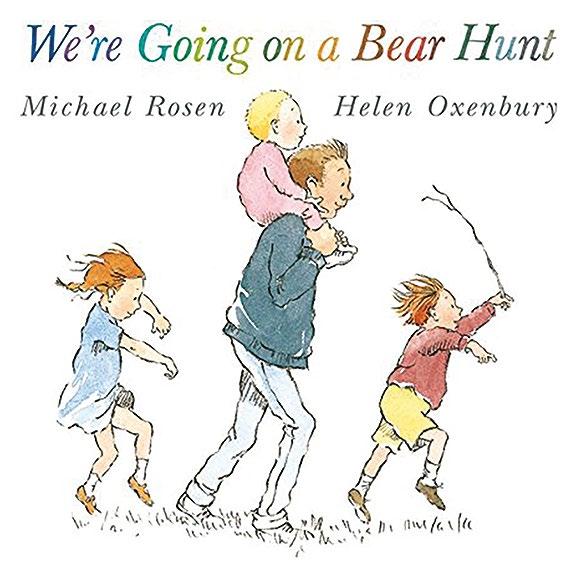RESEARCH
ASSESSMENT FOR LEARNING Diagnose your students’ learning needs by asking the right questions STORY BY Oliver Quinlan
ention assessment in schools and most people think of tests. Memories of creaky exam halls and regulation stationery may come first, but there are several developments in assessment that can change how we think about discovering what students have learned. Back in the late nineties, Black and Wiliam challenged educators’ views on assessment with their seminal work Inside the Black Box, which popularised the idea of ‘assessment for learning’. They suggested an approach which brought assessment into the learning activities themselves. When this is executed well, students are given feedback as they learn and have the opportunity to act on this feedback immediately. It’s about
M
the teacher not just delivering and then assessing later, but regularly checking for understanding and adapting their teaching. It’s also about the learners getting regular insight into how they are learning and, crucially, having an opportunity to act on the feedback they get and ensure that they are making progress. The assessment is designed to serve the students’ learning, and not to certify that they have achieved a set standard.
Assessment revolution
This work led to many developments in schools, with the government in the UK taking up ‘assessment for learning’, teachers being trained to regularly assess students’ learning within lessons, and students being provided with feedback to act on as they
n Assessment for learning is designed to serve the students’ learning — not to certify that they have achieved a set standard
106
The Big Book of Computing Pedagogy
learn. More recently this approach has been supported by John Hattie’s meta-analysis of influences on achievement in schools, which puts feedback at the very top in terms of the size of the measured effect (helloworld.cc/hattie). Truly effective formative assessment is not just about finding out whether students have ‘got it’ yet. It’s about understanding how they are thinking about a topic, what misconceptions or naive understandings they have, and how your teaching and activities can be adjusted to address them. Given the abstract nature of computing, the potential for misconceptions is very high.
Diagnostic questions
Edtech company Diagnostic Questions is seeking to address this with its online assessment platform. Its assessments look familiar at first: multiple-choice questions with four answers. Multiple-choice questions have been given a bad reputation by some educators, but their quality comes down to how the questions themselves are put together. If a question has a correct answer and three laughably implausible answers, it won’t be a useful tool. However, if each answer represents a different level of understanding, or a common misconception, then the answer the student gives is useful, even if it is the wrong one. Imagine being told after an assessment not just who got the right answers, but why those who got it wrong did so, and potentially the misconception you need to address for each group of students.









































